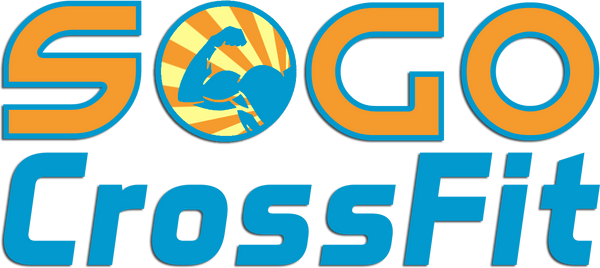CrossFit has grown into a global phenomenon, attracting everyone from casual gym-goers to elite athletes. However, there’s a significant distinction between competitive CrossFit and the CrossFit experience most people encounter at their local gym. Understanding these differences can help you decide which path aligns with your fitness goals and lifestyle.
Gym CrossFit: Fitness for All
Gym CrossFit, often referred to as recreational CrossFit, is designed to be accessible to everyone—regardless of age, fitness level, or athletic background. It focuses on building general physical preparedness (GPP) by incorporating constantly varied, functional movements performed at high intensity. Classes typically last an hour and include:
-
Warm-Up: Mobility and light exercises to prepare your body for the workout.
-
Skill or Strength Work: Focus on developing a specific skill or building strength (e.g., squats, pull-ups, or Olympic lifts).
-
Workout of the Day (WOD): A high-intensity workout tailored to challenge participants at their individual fitness levels.
-
Cool-Down: Stretching and recovery exercises.
Key Features of Gym CrossFit:
-
Scalability: Workouts are adjusted to suit each participant’s abilities.
-
Community: A supportive environment that fosters camaraderie and accountability.
-
Variety: No two workouts are the same, keeping things fresh and engaging.
-
Focus on Health: Prioritizes overall well-being and injury prevention over maximizing performance.
Competitive CrossFit: The Sport of Fitness
Competitive CrossFit takes the principles of gym CrossFit and pushes them to the extreme. Athletes train with the goal of excelling in competitions, such as local throwdowns, national events, and the prestigious CrossFit Games. This requires a different mindset, training regimen, and level of commitment.
Key Features of Competitive CrossFit:
-
Specialized Programming: Training plans are periodized and tailored to peak performance in specific events. Athletes often follow multiple workouts daily, focusing on strength, endurance, gymnastics, and metabolic conditioning.
-
High Volume and Intensity: Competitive athletes train more frequently and at higher intensities, often including accessory work to address weaknesses.
-
Advanced Skills: Competitors must master complex movements like muscle-ups, handstand walks, and heavy Olympic lifts.
-
Mental Toughness: Success in competition requires grit, strategy, and the ability to perform under pressure.
-
Nutrition and Recovery: Strict attention to diet, supplementation, and recovery techniques is essential to sustain performance and avoid burnout.
The Main Differences
| Aspect | Gym CrossFit | Competitive CrossFit |
|---|---|---|
| Goal | General fitness and health | Maximizing performance and winning competitions |
| Training Volume | 3-5 sessions per week, 1 hour each | 5-10 sessions per week, 2-4 hours daily |
| Intensity | Moderate, scaled to ability | High, often at or near max effort |
| Skills Required | Basic to intermediate movements | Advanced, technical movements |
| Community | Inclusive and supportive | Competitive, with a focus on individual goals |
| Lifestyle Commitment | Flexible | Highly structured, often dominating daily life |
Which Is Right for You?
Choosing between gym CrossFit and competitive CrossFit depends on your goals, time availability, and willingness to commit. Gym CrossFit is ideal for those looking to improve overall health, enjoy group workouts, and maintain a balanced lifestyle. Competitive CrossFit is suited for those who thrive on competition, have advanced fitness goals, and are willing to dedicate significant time and effort to their training.
Ultimately, both paths celebrate the core tenets of CrossFit: functional fitness, community, and constant self-improvement. Whether you’re aiming for the podium or just aiming to feel stronger and healthier, CrossFit offers something for everyone.
